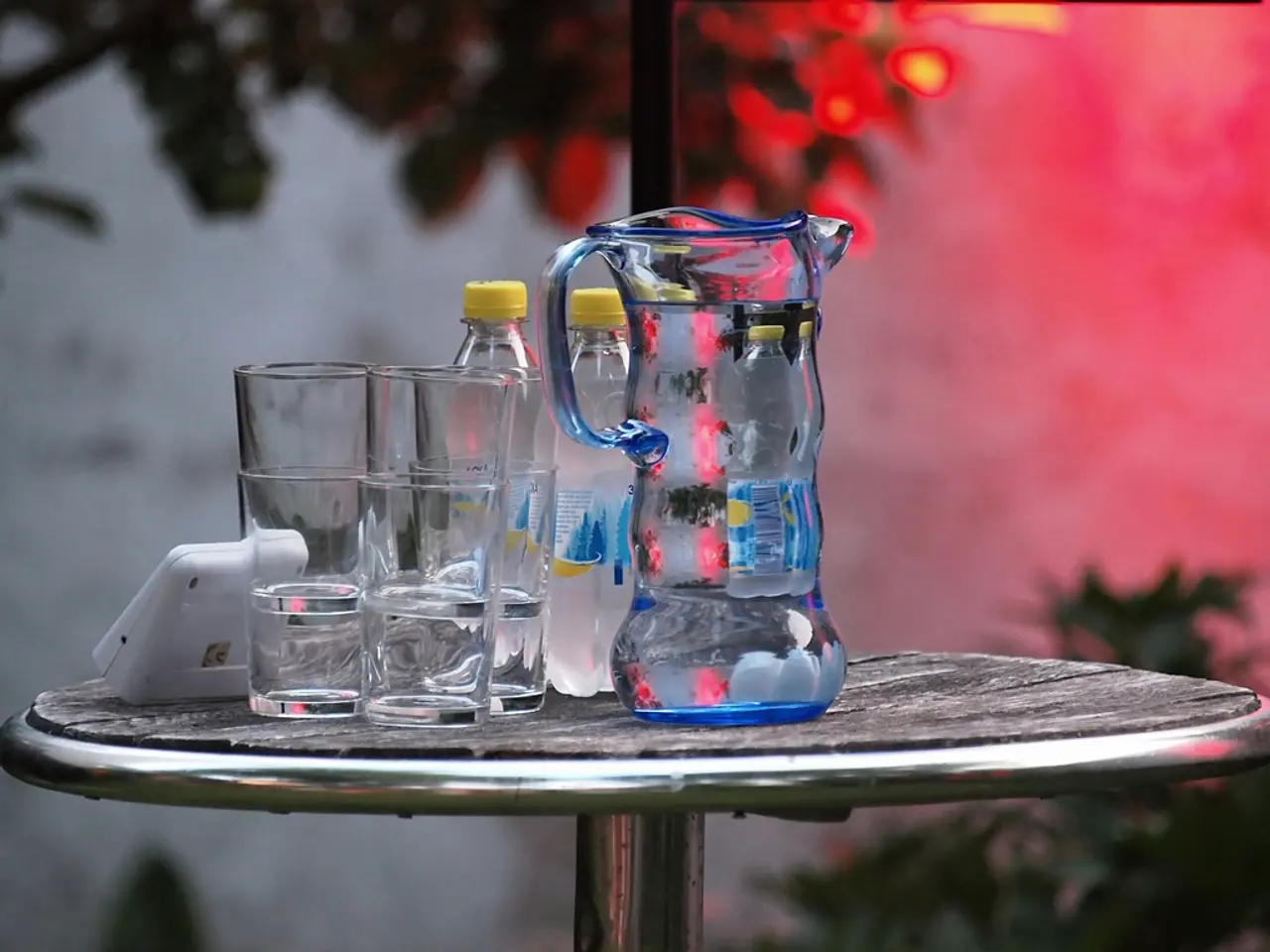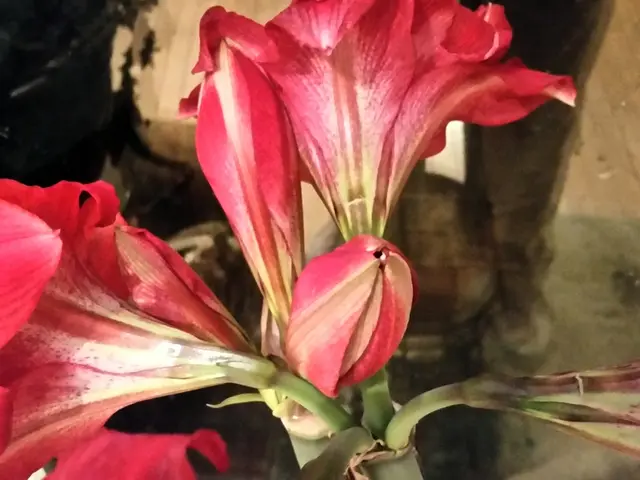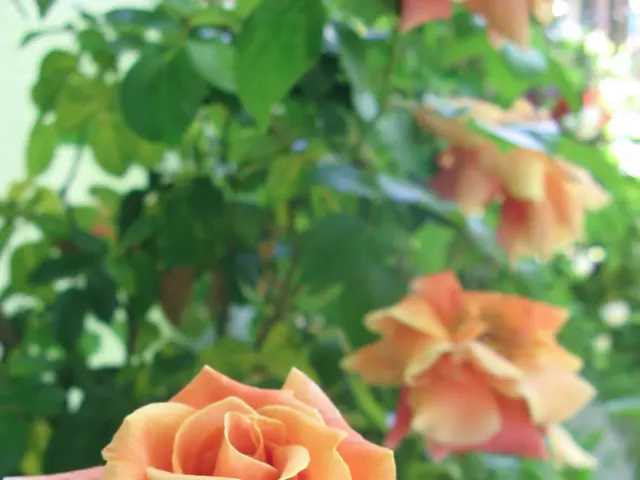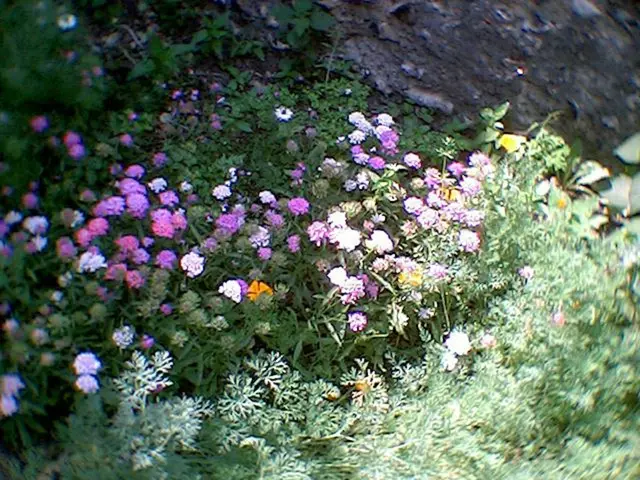Struggling Ivy: Identifying Reasons and Solutions for Promoting Vigorous Development
English ivy (Hedera helix) is a popular houseplant and garden staple, known for its lush green foliage and versatile growth habits. However, like any plant, English ivy requires careful attention to thrive. In this article, we explore common issues affecting English ivy, as well as tips for maintaining its health and vitality.
One crucial aspect of English ivy care is providing proper drainage. A pot with drainage holes is essential to prevent waterlogging, which can lead to root rot. Ivy soil should be consistently moist but never soggy. Underwatering, on the other hand, can cause brown, drying leaves.
The ideal temperature range for English ivy is between 50 and 70 degrees Fahrenheit. Ivy prefers bright, indirect sunlight. When repotting, choose a new pot that's about 2 inches larger in diameter than the old one. Glen, a gardening expert with over 15 years of experience, advises adding horticultural charcoal to the new potting soil for freshness.
English ivy problems often arise from its invasive growth behavior. It can cause structural damage to buildings and trees, and crowd out other plants. To prevent this, regular pruning is essential to control overgrowth and reduce the risk of tree damage. Removing ivy from tree bases and trunks creates ivy-free rings to protect trees, and promptly removing new seedlings can help control its spread.
Common signs of distress in English ivy include discoloration, wilting, leaf drop, stunted growth, and pests. Pests such as aphids, mealybugs, spider mites, and fungal diseases like root rot can affect ivy health. Regular cleaning of leaves is vital to prevent dust accumulation.
In addition to pests, English ivy may be susceptible to diseases under moist, warm conditions. Leaf spot diseases and fungal infections like Phomopsis causing twig blight (noted in related species) are potential concerns. Preventive measures include avoiding planting English ivy in invasive-prone areas and using physical removal and targeted herbicide application when necessary.
English ivy can thrive indoors, but requires attention to detail for care. It prefers bright, indirect light and a humid environment. A balanced, half-strength fertilizer during growth periods is sufficient for ivy.
In conclusion, English ivy problems mainly stem from its invasive growth behavior causing structural damage and harm to trees, along with typical pest and disease pressures common to woody vines, especially under moist, warm conditions. Regular monitoring and control are essential to mitigate these issues and ensure the health and longevity of your English ivy plants.
Maintaining the health of English ivy extends beyond indoor care, as it also thrives well in home-and-garden settings such as the home-and-garden section of the garden. As for the aspects of English ivy care in a gardening context, it's important to provide proper drainage in the garden plot like you would in a pot, and keeping the soil consistently moist but never soggy is beneficial, just like with potted plants.








